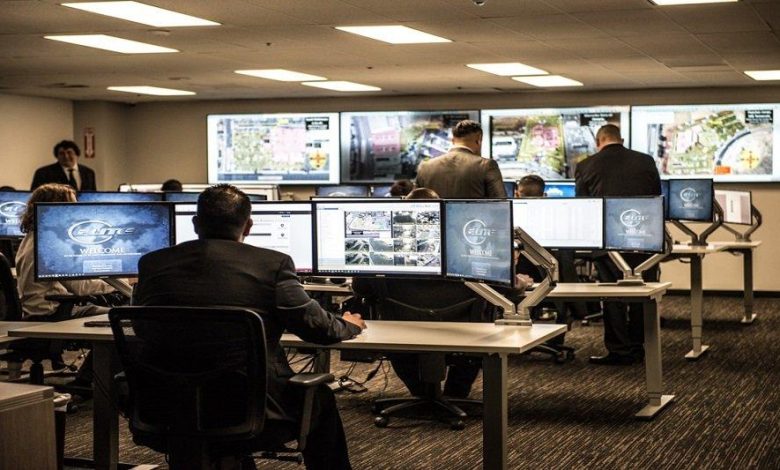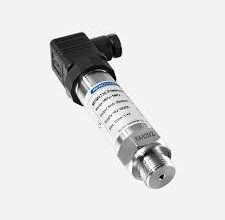Sensor Integration for Seamless Detention Security System Monitoring

Maintaining security in detention facilities is no small task. With the constant need for vigilance and quick response, integrating sensors into detention security systems can revolutionize how facilities operate. This approach improves efficiency, enhances safety, and provides real-time insights into potential threats.
Unified Sensor Networks for Comprehensive Security Coverage
A well-integrated sensor network acts as the backbone of an effective detention security system. By connecting motion detectors, cameras, and environmental sensors, these networks provide seamless coverage across all areas of a facility. This ensures no blind spots and helps security teams maintain a watchful eye on every corner.
This unified system enables information to flow smoothly between devices, creating a full picture of facility activity. The interconnected network ensures that alerts from one sensor trigger complementary actions in others, such as activating cameras or spotlighting specific areas. This collaboration improves response times and allows security teams to address issues before they escalate.
Real-Time Alerts to Respond Quickly to Facility Incidents
Speed is critical in detention facilities, where every second counts. Integrated sensors provide real-time alerts that immediately notify teams of unusual activity or breaches. Whether it’s detecting unauthorized movements or environmental anomalies, these instant notifications help prevent incidents from spiraling out of control.
The beauty of real-time alerts lies in their accuracy and reliability. These systems prioritize actionable intelligence, so security personnel aren’t overwhelmed with irrelevant data. By focusing on meaningful alerts, detention facilities can operate efficiently, ensuring that resources are deployed exactly where they’re needed.
Intelligent Data Fusion for Improved Decision-Making Efficiency
Modern detention security systems rely heavily on data, and integrating sensors elevates this by combining inputs from multiple sources. Intelligent data fusion pulls together information from cameras, motion sensors, and environmental monitors to provide a comprehensive view of a situation. This not only enhances situational awareness but also streamlines decision-making for security teams.
Data fusion also reduces the likelihood of errors by filtering out noise and highlighting patterns that require attention. With clearer insights, security teams can make informed decisions quickly, ensuring better outcomes in high-pressure situations. This level of sophistication is essential in maintaining the safety and order of detention facilities.
Enhanced Motion Detection for High-Security Zones
Motion detection plays a vital role in monitoring high-risk areas. Advanced sensor integration ensures that motion detection systems are not only accurate but also adaptable to different environments. These systems can distinguish between routine activity and suspicious behavior, minimizing unnecessary interruptions while maintaining vigilance.
Enhanced motion detection is particularly effective in perimeter security and restricted zones. By identifying potential threats early, security teams can act proactively, reducing the chance of breaches or escapes. This targeted monitoring ensures that detention facilities remain secure without overburdening staff with false alarms.
Reliable Communication Between Sensors and Control Systems
For sensor networks to function effectively, seamless communication between devices and control systems is essential. Integrated detention security systems use reliable protocols to ensure that data flows uninterrupted, even in the face of technical challenges. This robust connectivity allows for smooth operation and quick responses to incidents.
This integration also simplifies system management by centralizing control. Security personnel can monitor and adjust settings from a single interface, eliminating the need to handle individual devices manually. This streamlined approach enhances efficiency while ensuring that all components of the system work together harmoniously.
Adaptable Integration With Existing Detention Infrastructure
Every detention facility is unique, and integrating new technology shouldn’t disrupt existing operations. Modern sensor systems are designed to adapt to the infrastructure already in place, minimizing downtime and reducing costs associated with upgrades. This flexibility ensures that facilities can enhance their security without overhauling their entire setup.
Adaptable integration also allows facilities to scale their systems as needed. Whether adding sensors to new areas or upgrading existing technology, this modular approach keeps detention security systems future-ready. By working seamlessly with current infrastructure, these systems provide an easy pathway to improved security.
Advanced Monitoring for Minimizing False Alarms
False alarms can drain resources and hinder security efforts. Integrated detention security systems use advanced algorithms to reduce unnecessary alerts. By analyzing data from multiple sensors, these systems can differentiate between harmless events and genuine threats, ensuring that teams only respond when it’s truly necessary.
This improved accuracy helps maintain trust in the system while reducing the workload on security staff. Advanced monitoring allows teams to focus their attention on real risks, ensuring that the facility remains secure and efficient. In a high-stakes environment like detention, this level of precision is invaluable.




